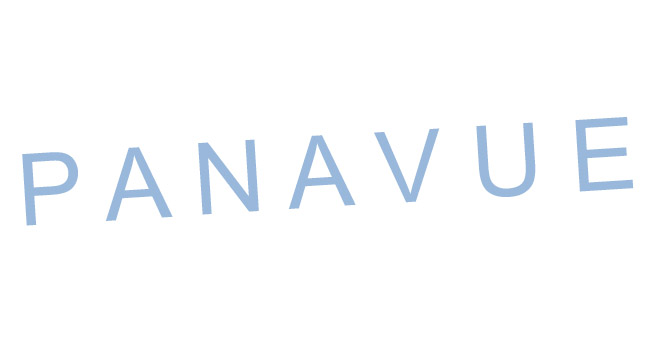All images from here
Ok, I'm not one to get celebrity crushes- well, Adrian Brody and Dan Bejar excluded- but can we please talk about how hot Tony Ward is? (yeesh, look at that trifecta and it's clear I'm a sucker for schnozzes)
I never thought the day would come that I'd be jealous of Madonna- who made Ward her boy toy in the early '90's- but I'd vogue with this guy any day. More important than his Lotharian bone structure is the fact that he seems to have a fairly adventurous spirit and a good sense of humor (and, in all fairness, a rather typical preoccupation with sex).
His website lists, among his many talents of acting, designing clothes, and photography, "antimodel". Is that what you call it when you take extreme close-ups of your own d*ck? But I'll leave the pretense aside so you can ogle away. I'm particularly fond of this shoot for FHM Collections (below)- he's hardly androgynous, and I think that's why the theatricality of it works so well. Plus, I'm a sucker for meaty brohs in chainmail and lipstick!



















